#ludovika of bavaria duchess in bavaria
Text
Archduke Franz Josef goes to Bavaria

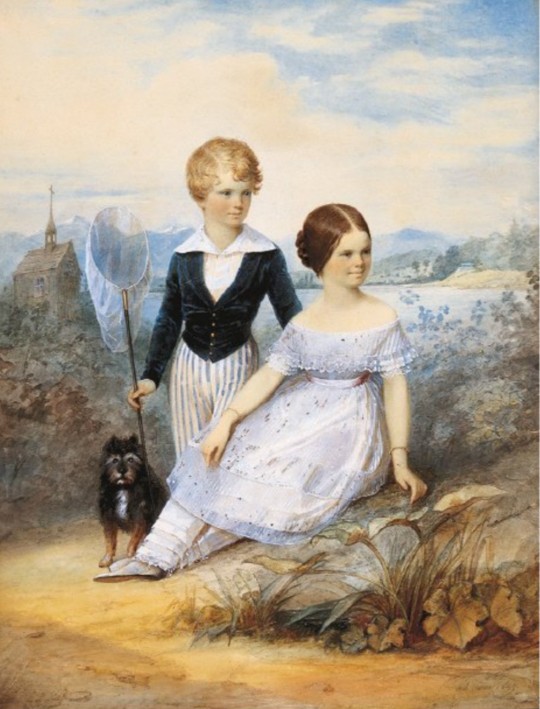
I was some days ago years old when I discovered that Franz Josef I's childhood diary is available in the Projekt Gutenberg. I'd been busy lately studying for upcoming exams and dreading for the future of my country, so I haven't had the time to look much into it, but for the little I've read it isn't that interesting - just short entries summarizing what he did on the day, with little to no personal thoughts. But even so I came across some entries that I thought might be of interest for you so I quickly put this post together, since I feel bad having this blog a bit abandoned as of lately.
At the beginning of September of 1843 the thirteen-years-old Archduke Franz Josef went with his mother to visit their Bavarian family in Munich. While "Franzi" (frustratingly to us) dedicates more words to describe what kind of animals he hunt that day than to his relatives, this somewhat dull entries still contain a very interesting piece of information: the earliest recorded meeting between him and his future wife, Duchess Elisabeth in Bavaria. So without further delay, here are the entries from September 2 and 3, which correspond to the first two days of the Archduke's visit to Munich (as always mandatory disclaimer that these are machine translations and therefore there may be/are some mistakes):
2. From Wasserburg we travelled to Munich, the beautiful dear Munich, where we saw the magnificent Festbau, the Basilica, the Ludwigskirche, the staircase of the library, the huge Bavaria by Stiegelmayer and the All Saints' Chapel.
We dined at Palais Leuchtenberg at half past four. Sad memories when we saw the lords, ladies and servants of poor Grandmama [Queen Caroline of Bavaria, who passed away in 1841]. I met the Crown Prince [Oscar] and Crown Princess [Josephine] of Sweden there.
We left Munich at 7 o'clock and arrived at Possenhofen at quarter past ten. We found there the Duke Max and all his children except Louis [Duke Ludwig Wilhelm], who is in Switzerland.
3 Sunday. We breakfasted with Aunt Louise [Duchess Ludovika], Helene, Elise [Elisabeth] and the very nice but almost spoilt Karl [Theodor]. At 10 o'clock we went into the dull chapel to hear mass, where I felt so sick that I had to be carried out of the chapel to an open window, where I got well again; then I lay down on the bed. At 12 o'clock I and Count Bombelles fished with Duke Max, where we caught 20 birch and white fish. I dined at my place with Count Bombelles and, because of my earlier habits, I only ate a plate of bouillons and an artichoke. In the afternoon we all went, even little Karl, to the king's castle on the opposite shore of the lake, where we had a snack. When we got home, I went straight to my room where I ate soup and then went to bed.
The Palais Leuchtenberg was the residence of Franz Josef's aunt Princess Auguste of Bavaria, the widow of Eugène de Beauharnais. Crown Princess Josephine was Auguste's and Eugène's eldest child, and therefore the future emperor's first cousin. I found this mention interesting because, even though they were closely related, the meetings between Franz Josef and the Bernadottes seem to have been rare, and I don't even know if he ever saw Josephine again when they were monarchs.
Meanwhile, Possenhofen was the summer residence of Duke Max in Bavaria's family (the Duke also had his own bachelor residence in which he spent most of his time, away from his family). Curiously FJ doesn't call him "uncle", though I don't know if this was for a particular reason or if he just didn't refer to the husbands of his aunts as uncles in general. At the time of this visit "Aunt Louise" was heavily pregnant with her seventh child, Mathilde, who would be born the 30th of that same month. His cousins Helene, Elisabeth (still called "Elise" by her relatives, the nickname "Sisi" would only appear in 1853) and Karl (whom apparently hadn't earned his nickname "Gackl" yet) were nine, five and four-years-old respectively. I have no idea why the twelve-years-old Louis, the eldest son the Ducal couple that FJ notes was missing, was in Switzerland. As for the youngest child of the couple - the still not two-years-old Marie - I suppose she was in the nursery, busy being a toddler, and that's why her cousin didn't saw her. Also it seems that passing out during Mass was really just A Thing That Happened, the place being so crowded and the incense being so strong, which may explain why Franz Josef is so casual about it in his writing.
Franz Josef and his mother stayed in Munich until September 6, so this was really a brief visit. The rest of the entries are just as exciting as the first two (ha!): visits to Possenhofen, the Palais Leuchtenberg and the Palais Max (the Ducal family's main residence in Munich), tea with Aunt Louise, family dinners, fishing and hunting (FJ feels the need to tells us exactly how many and what kind of birds did he shot, because obviously he knew the future historian would be dying to know that and not what he thought of his Bavarian relatives). There are two more things, however, that I would like to highlight from his entries. First, that despite having a reputation as a man uninterested in art, FJ deemed important to mention the many paintings and sculptures he saw in Munich; and second, this surprisingly poetic description of the lake Starnberg:
The wind whistled coldly across the lake, and the boat danced on the rolling waves of foam; it was a very beautiful sight; I thought I was on the sea, for towards the end of the lake the mountains were covered with clouds, and on this side one saw nothing but water, sky and a church tower illuminated by the sun.
And I have to give it to him, if he wanted, he could write more than short and dry descriptions.
#the fact that only gackl gets a description out of. literally everyone he saw in munich#franz josef i of austria#empress elisabeth of austria#ludovika of bavaria duchess in bavaria#maximilian duke in bavaria#karl theodor duke in bavaria#helene in bavaria hereditary princess of thurn und taxis#queen josephine of sweden#oscar i of sweden
33 notes
·
View notes
Text







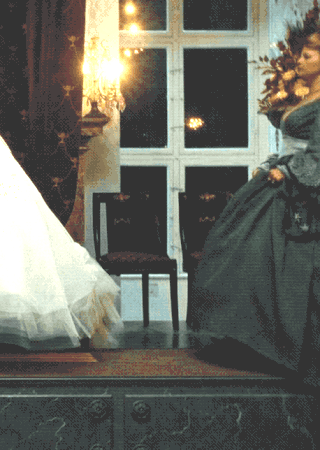

(Almost) Every Costume Per Episode + Duchess Ludovika's textured blue gown and blue wrap in 1x02,3
#The Empress#TheEmpressEdit#Die Kaiserin#DieKaiserinEdit#Duchess Ludovika#The Arrival#The Wedding#weloveperioddrama#perioddramaedit#costumeedit#costumes#costume drama#Almost Every Costume Per Episode#Ludovika in Bavaria#Princess Ludovika#Awkward-Sultana#period drama#historical drama
11 notes
·
View notes
Note
🍄: which royal would you go on a date with
I would go with Lady Diana Spencer for sure 100%✨
i already answered this question but i can gladly answer it again because i am in love with like all of the royal women!
Princess Charlotte of Prussia

2. Queen Alexandra of Great Britain
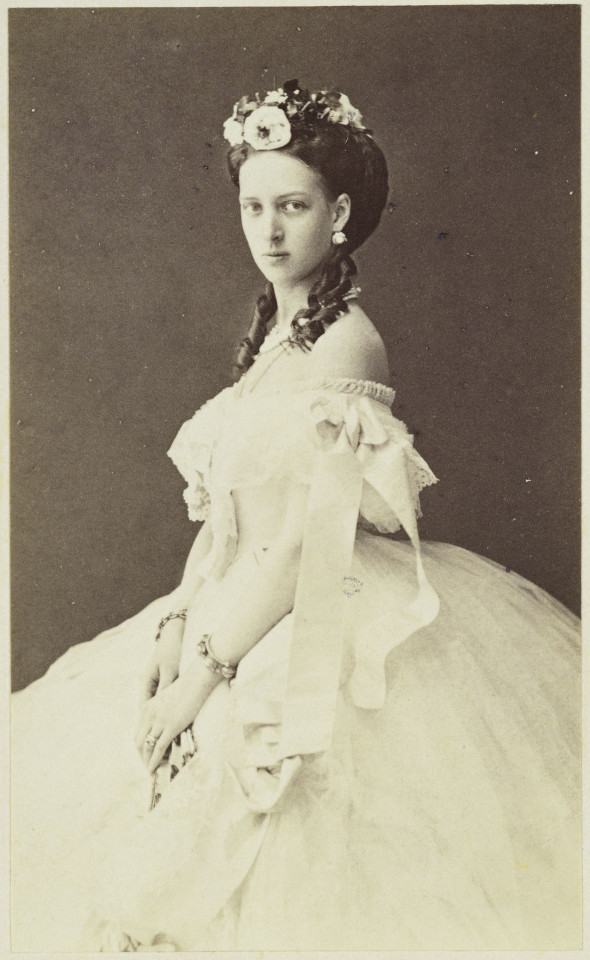
3. Princess Viktoria of Prussia

4. Princess Beatrice of Great Britain

5. Grand Duchess Xenia Alexandrovna of Russia

6. Duchess Mathilde Ludovika aka “Spatz” in Bavaria

7. Princesses Margarita, Theodora, Cecilie, and Sophie of Greece and Denmark
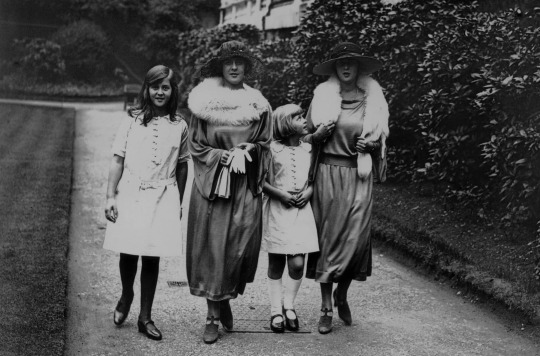
Feel free to ask me this question again because i have a lot more people in mind lol!
Thank you for asking!!!
#answered ask#princess charlotte of prussia#queen alexandra of the united kingdom#xenia alexandrovna#princess beatrice#Duchess Mathilde ludovika in Bavaria#princess margarita of greece and denmark#princess theodora of greece and denmark#princess cecilie of greece and denmark#cecilie of hesse#princess sophie of greece and denmark
9 notes
·
View notes
Text

Duchess Ludovika in Bavaria with her adored granddaughter Duchess Amalie in Bavaria, mids 1870s.
#duchess ludovika in bavaria#princess ludovika of bavaria#duchess amalie in bavaria#bavarian royal family#1870s#mids 1870s#german royalty#german royal
35 notes
·
View notes
Text
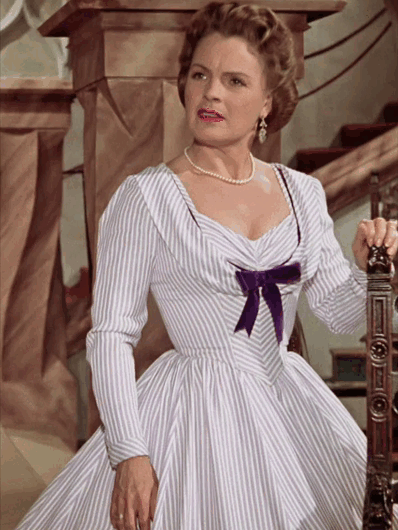



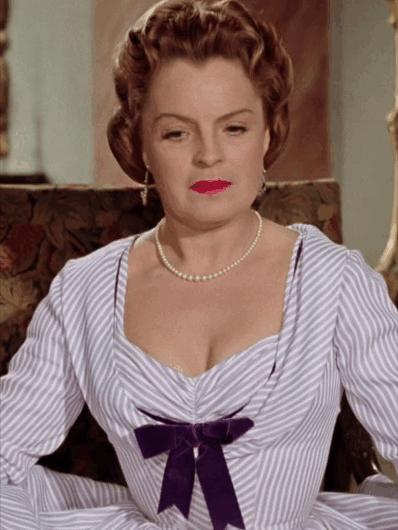


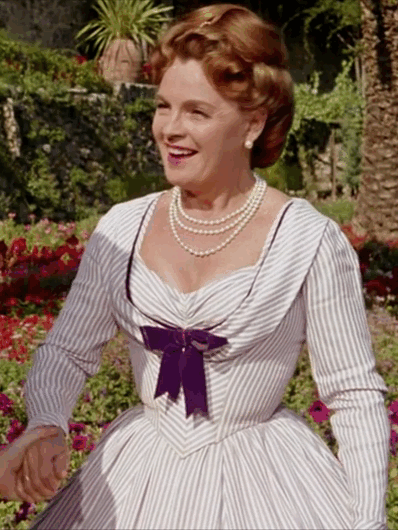

The Sissi Trilogy + Costumes
Ludovika, The Duchess in Bavaria's white & purple dress in Sissi - The Young Empress (1956) & Sissi - Fateful Years of an Empress (1957).
// requested by @thatmawe
#Sissi Trilogy#Sissi The Young Empress#Sissi Fateful Years of an Empress#Ludovika of Bavaria#Ludovika in Bavaria#costumes#costume drama#costumesource#period drama#perioddramaedit#1800s#19th century#purple#white#Possenhofen#Bavaria#Germany#Madeira#Portugal#Europe#requests
67 notes
·
View notes
Photo


→ Duchess Elisabeth Amalie Eugenie was born in Munich on December 24, 1837, as the fourth child of Duke Maximilian Joseph in Bavaria and Princess Ludovika. Nicknamed Sisi, she enjoyed an informal upbringing before marrying Emperor Franz Joseph I at the age of sixteen. Shy and unsure, Sisi crumbled under the strict court etiquette, which left her isolated and friendless. Her melancholy and distaste for public life was treated as a childish indulgence by her distracted husband and his mother, the formidable Archduchess Sophie. Despite her somber demeanor, Sisi captivated the public thanks to her stunning beauty and ankle-length chestnut hair. Early in her reign, Sisi developed a deep interest in Hungary, then a rebellious part of her husband’s empire. She believed the Hungarian people deserved greater freedoms and respect. In 1867, Hungary became an equal partner in the Austro-Hungarian empire. Franz Joseph was crowned King of Hungary and Sisi became queen - she was beloved by the Hungarian people. The death of Elisabeth’s only son and his mistress Mary Vetsera in a murder–suicide at his hunting lodge at Mayerling in 1889 was a blow from which the Empress never recovered. She withdrew from court duties and travelled widely, unaccompanied by her family. While travelling in Geneva in 1898, Elisabeth was mortally wounded by an Italian anarchist named Luigi Lucheni. Her tenure of 44 years was the longest of any Austrian empress.
256 notes
·
View notes
Text
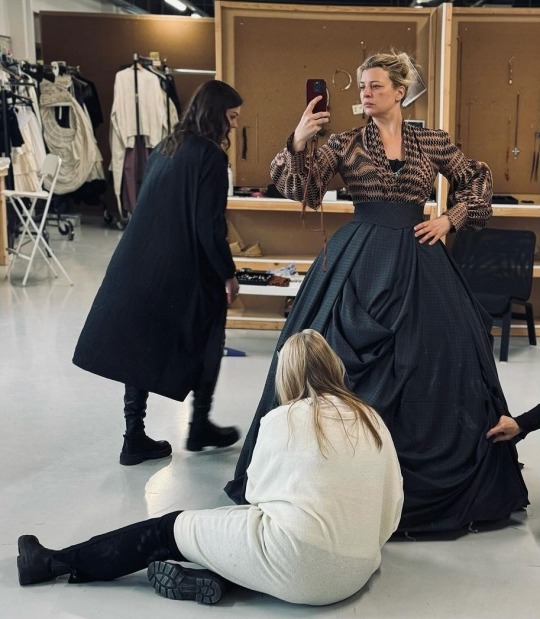

Jördis Triebel (Ludovika, The Duchess in Bavaria) behind the scenes of the second season of The Empress (2022).
#The Empress#Die Kaiserin#The Empress (2022)#costume drama#historical drama#period drama#Jördis Triebel#ludovika in bavaria#ludovika of bavaria#german tv#german series#behind the scenes#Netflix
11 notes
·
View notes
Text
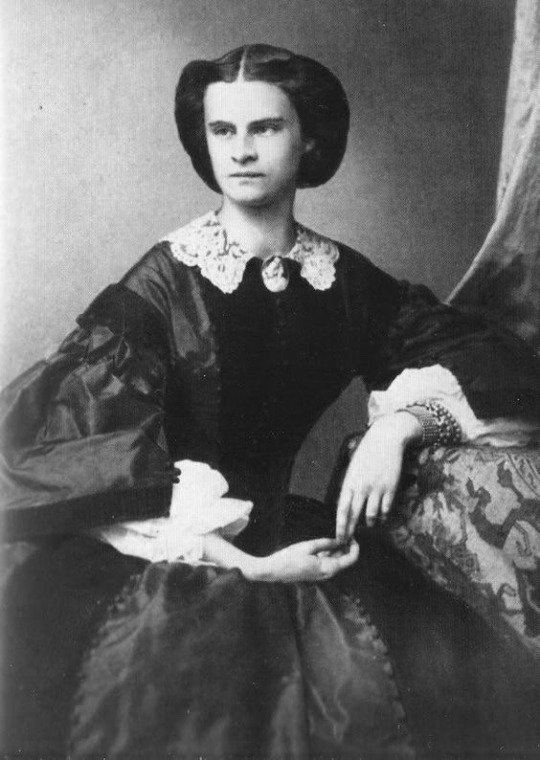
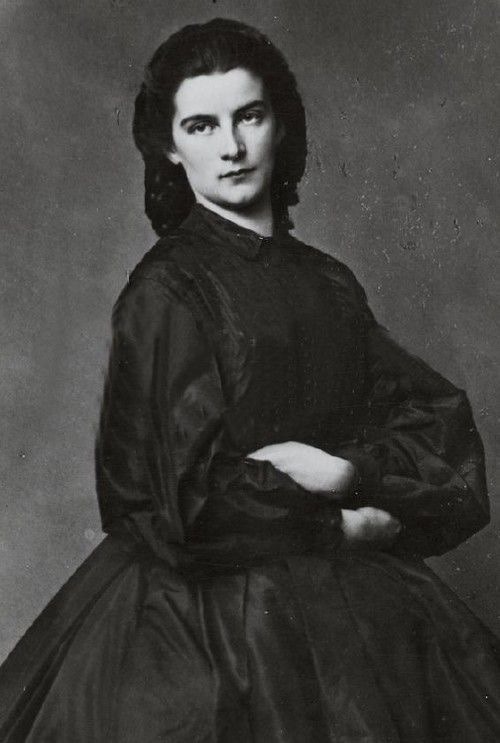
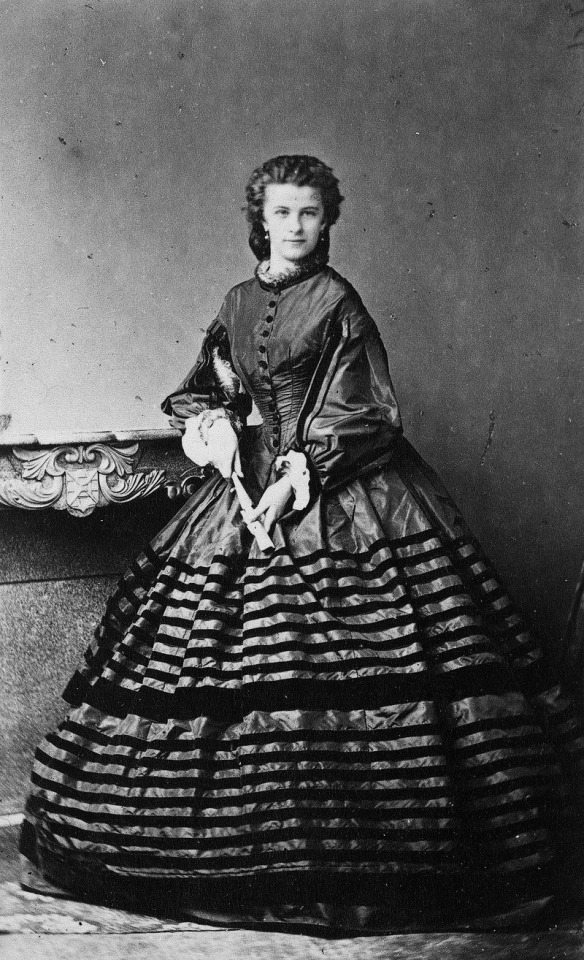

The four sisters of Elisabeth (left to right) :
Helene Caroline Therese, Duchess in Bavaria then Hereditary Princess of Thurn and Taxis. (1834-1890)
Marie Sophie Amélie, Duchess in Bavaria, Duchess of Calabre then Queen Consort of the Two-Sicilies. (1841-1925)
Mathilde Ludovika, Countess of Trani. (1843-1925)
Sophie Charlotte Auguste, Duchess in Bavaria then Duchess of Alençon. (1847-1897)
#Marie-Sophie in Bavaria#Helene in Bavaria#Mathilde in Bavaria#Sophie-Charlotte in Bavaria#old photographs#portraits#sisters#sisterhood
3 notes
·
View notes
Photo
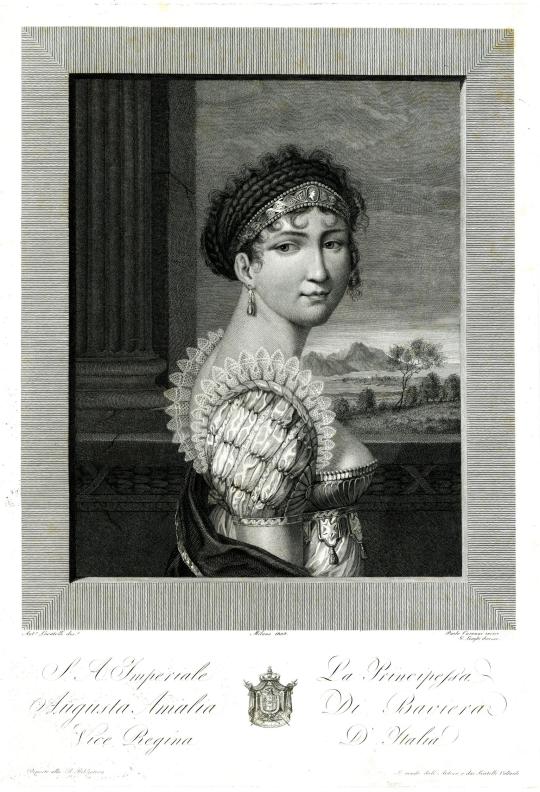
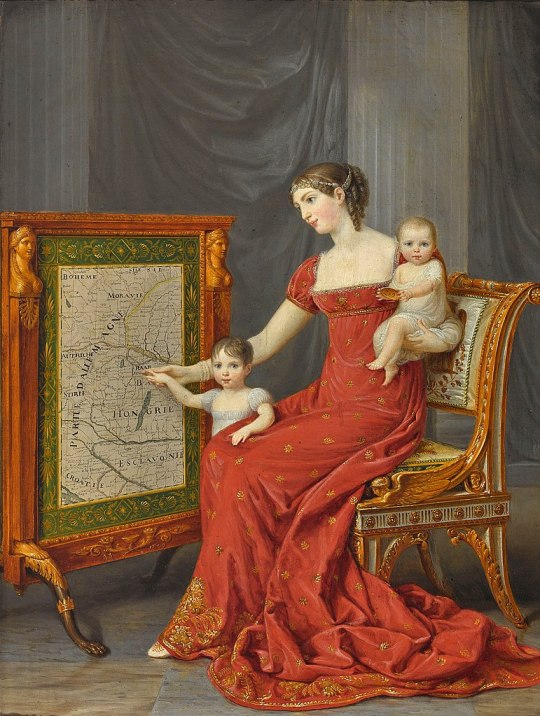
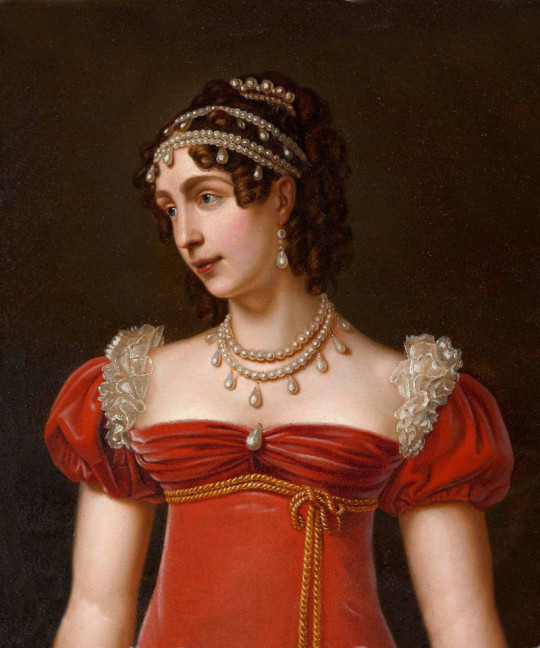



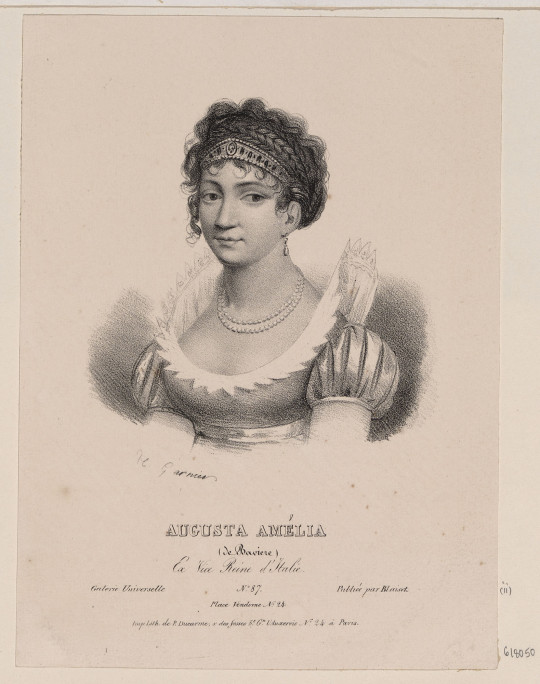


Augusta Amalia of Bavaria - She fell in love, but Napoléon intervened and she had to marry 1808 Empress Josephine’s son Eugéne to spare Bavaria from imperial wrath.
Top left: Augusta Amalia of Bavaria, bust length, wearing tiara with pearls, pearl earring, and low dress by Paolo Caronni and/or Giuseppe Longhi (British Museum). From their Web site 1705X2000 @300 2.1Mj.
Top right: 1809 Auguste Amalie de Beauharnais, Vizekönigin von Italien, mit ihren Töchtern Josephine und Eugenie by Andrea Appiani (location ?). From Wikimedia via pinterest.com/marcellagarsia/fashion-in-painting-xix-secolo/1800s/ 771X1023 @72 378kj.
Second row: 1810 Augusta Amalia Ludovika von Bayern, Duchess of Leuchtenberg by ? (location ?). From napoleondidthat.tumblr.com/post/122145342551/augusta-amalia 800X960 @72 270kj.
Third row left: 1814 Princess Augusta Amalia of Bavaria as a Vice-queen of Italy by ? (location ?). From csfd.cz/film/1010768-napoleons-erben-in-bayern-die-herzoge-von-leuchtenberg/galerie/?page=2 1268X1766 @144 4Mp.
Third row right: ca. 1815 Augusta-Amélie de Bavière by François Pascal Simon Gérard (Versailles). From art.rmngp.fr/en/library/artworks; erased cracks & spots w Pshop & enlarged 25% 609X936 @96 140kj.
Fourth row: ca. 1816 Auguste Amalie de Baviere by Joseph Karl Stieler (Château de Malmaison - Rueil-Malmaison, Île-de-France, France). From Wikinedia; erased cracks & flaws and fixed edges w Pshop 725X925 @72 1.3Mp.
Fifth row left: 1820 (or later) Augusta of Bavaria, Duchess of Leuchtenberg by Garnier (Royal Collection RCIN 618050), From their Web site 1579X2000 @300 956kj.
Fifth row right: 1824-1825 Auguste-Amélie de Bavière by Joseph Karl Stieler (Châteaux de Malmaison et Bois-Préau - Rueil-Malmaison, Île-de-France, France). From Wikimedia 1006X1254 @72 260kj.
Sixth row: ca. 1825 Auguste Amalie, Princess of Bayern by Joseph Karl Stieler (auctioned by Ketterer Kunst) From pinterest.com/AlexyMet/ritratti-aristocratici-eleganti/; fixed flaws and spots throughout image with Photoshop. 3003X4002 @300 4.1Mj. This dress is more in keeping with the 1830s than the 1820s.
#Empire fashion#French restoration era fashion#1800s fashion#1810s fashion#1820s fashion#1830s fashion#Augusta Amalia of Bavaria#curly hair#tiara#square décolletage#neckline ruff#Empire waistline#close skirt#quarter length close sleeves#Paolo Caronni#Andrea Appiani#Giuseppe Longhi#square neckline#hair jewelry#waist band#François Pascal Simon Gérard#Joseph Karl Stieler#feathered hat#high neckline#slashing#long sleeves#Garnier#scoop neckline#turban#robes
40 notes
·
View notes
Text
Empress Elisabeth of Austria-Hungary
Empress Elisabeth of Austria-Hungary was born on December 24th, 1837 as Duchess Elisabeth Amalie Eugenie to Duke Maximilian and Princess Ludovika of Bavaria. Elisabeth was called Sisi. The majority of her childhood was spent at Possenhofen Castle in Bavaria, Germany. Aside from her parents unhappy marriage due to her fathers affairs, Sisi and her seven (surviving) siblings had a relatively happy childhood. Sisi enjoyed being outside the most. She would swim in the lake and go horseback riding. Below is presumably the first photo taken of Sisi when she was a little girl.
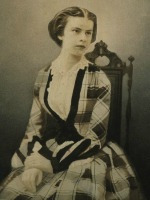
Emperor Franz Joseph l’s mother Archduchess Sophie, also Ludovika’s sister, had contacted Ludovika and told her than Sisi’s older sister Helene would be engaged to Franz Joseph. Franz and Helene were set to meet at the Kaiser villa in Bad Ischl. Ludovika decided to take Sisi along with them to help Helene adjust to the imperial lifestyle. Sisi was 15 and Helene was 18 at the time. Below is an image of Helene as a young adult (maybe 18-19)
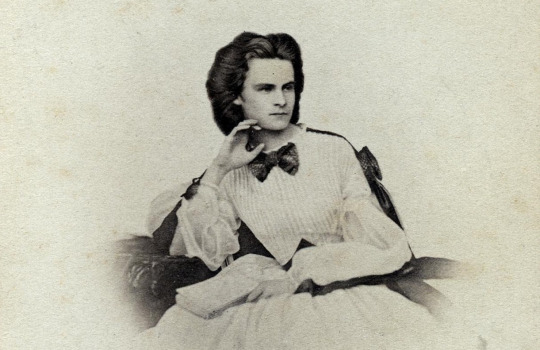
Franz Joseph was not known for disagreeing with his mother, much less defying her. Imagine the courts surprise when Franz decided to marry Sisi instead of Helene. Franz and Sisi’s engagement was announced 5 days after they’d met. On April 24th, 1854 Franz and Sisi were married in Vienna. Below is an image of Franz Joseph and Elisabeth.
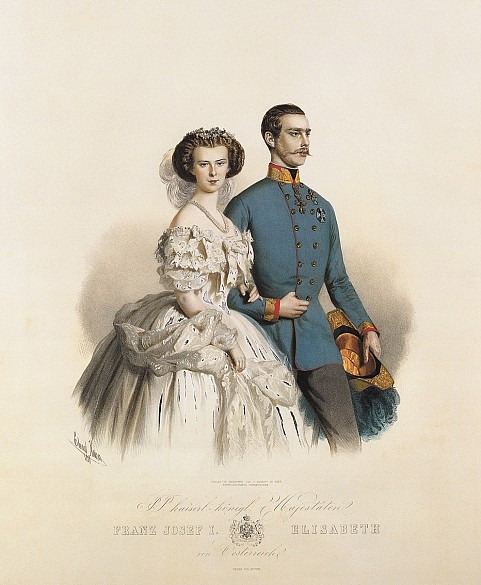
The Hapsburg court was known for being strict, formal, and steeped in tradition. Sisi was shocked when her life of freedom became a prison of protocol and formality. She never did adjust. Sisi had a horrible relationship with her mother-in-law. Archduchess Sophie believed that the Empress’s only duty was to produce an heir for the throne. Sophie believed that the Empress should never be involved in politics or affairs of the state. Sisi did not agree. She was adamant about improving the lives of the people in the Italian and Hungarian parts of the Austrian Empire and would regularly try to influence her husband. Below is an image of Archduchess Sophie.
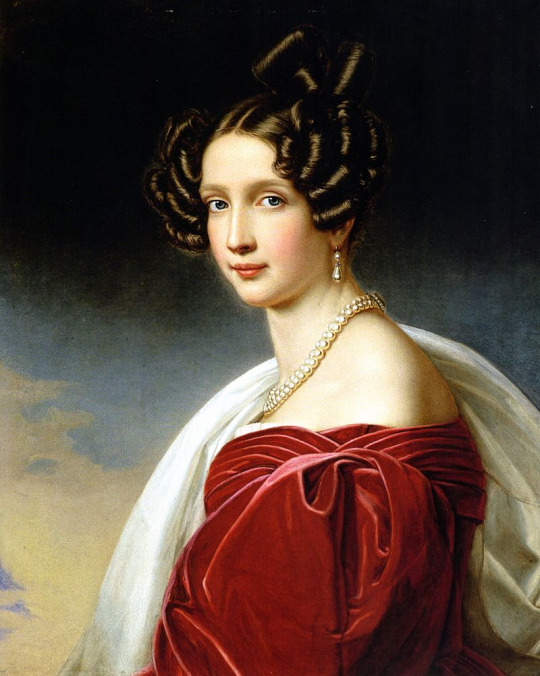
Even through the suffocation of Sophie’s constant pressure for a baby boy, Elisabeth did have four children. Her first was a baby girl, Sophie, born on March 5th, 1855. Her mother-in-law took the baby away from Sisi and named her after herself. Sophie refused to let Sisi take care of her baby. Then, Sisi had another baby girl, Gisela, on July 15th, 1856. Again, Sophie took the baby and Sisi couldn’t care for either of her children. The tragedy wasn’t over yet. In 1857, Sisi and Franz took a family trip with the girls to Hungary against the advice of both Sophie and the court physician. Both the girls became sick and Princess Sophie died. This caused Sisi to fall into a deep depression. Franz and Sophie brushed off her behavior. However, Sisi gave birth to another baby, but this time it was a boy. On August 21st, 1858 Crown Prince Rudolf was born. Rudolf was taken from Sisi and was raised by tutors at the age of 6. Sisi was blocked from the education of her children. In 1867 Sisi and Franz were crowned King and Queen of Hungary. A year later, Sisi gave birth to Marie Valerie on April 22nd, 1868. Below are images of Sisi’s children in order of birth.
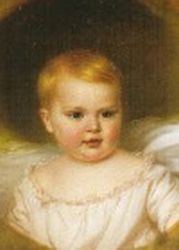
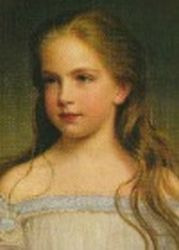
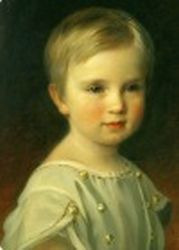

Sisi had very little control over many things in her life. However, one thing she did have control over was her body. She dieted constantly and became obsessed with her beauty. That’s how she kept her slender waist that she’s very famous for. Sisi spent a ton of time in Hungary with her youngest child. Sophie hated Hungary and this allowed Sisi to raise Marie on her own. Sophie died in 1872 and Sisi was finally free from her mother-in-law. There is one tragedy that Sisi would never get over. In 1889 Rudolf was found dead with his mistress which was done by their own hands.
On September 10th, 1898 Sisi was killed by an Italian Anarchist while boarding a boat in Geneva. She was stabbed in the heart and had not realized what had happened to her. She died a few hours later.
Source: https://www.palaces-of-europe.com/empress-sisi.html
3 notes
·
View notes
Text

Duchess Ludovika in Bavaria.
This painting has been made in 1891 by Franz von Lenbach.
Ludovika was born on 30th of august 1808 in München.
Her father was king Maximilian I Joseph of Bavaria and his second wife Caroline of Baden.
She was sister of archduchess Sophie, mother of emperor Franz-Joseph.
During the wedding of Sophie with archduke Franz-Karl in Vienna Ludovika fell in love with Miguel I of portugal.
He even fell the same towards Ludovika and asked king Maximilian the hand of his daughter.
The king declined because Miquel had plans to replace his father as king of portugal.
Later when Miguel became king of portugal he asked again but the letter with his proposal came too late, 5 days too late!
Ludovika married 5 days before the letter arrived with duke Max in Bayern.
Max in bayern was promissed to marry Ludovica's younger sister Maximiliane Josepha, who unfortunatly died young.
It was againt duke max and duchess Ludovicas will since they didn't love eachother.
But because it got the duke and his family political benefits, since she was a kings daughter, he had to marry her.
They had 9 children.
One stillborn.
Their daughter Marie Sophie became queen of two sicily.
Their other daughter Sisi, empress of austria.
Another daughter, Sophie Charlotte, died a tragic death at a charity in Paris where a fire broke out.
And her son Carl-Theodor's second wife was Marie-Jose of Braganza, daughter of King Miguel of portugal.
Her daughter-in-law was a daughter of her first love, the one she wanted and loved, the one she wanted to marry.
But the one who was to late to intervene in her faith.
If his letter got through before the wedding of duke Max and Ludovika, think how differently history would have been.
No heroin of Gaeta, Maria-Sofia.
Not the most beautiful empress of time, Sisi.
Then this page wouldn't even have existed!
Lucky for us, bad for her she had married max.
Ludovika was already widowed when this portrait was painted.
She died a year after the painting was made on 26th of January 1892 in München at the age of 83.
Miguel of Portugal actualy died today 154 years ago.
14th november 1866.
30 notes
·
View notes
Text


Letter from Duchess Ludovika in Bavaria to her niece, Countess Théodolinde of Württenberg (née Princess of Leuchtenberg):
Munich, 20 April, 1846
... I would not have thought of taking on a sub-governess, as I have an excellent nanny for the younger girls, with whom my Charles [Karl Theodor] is still with; but Hélène's character makes me wish to separate her from her sister Elise [Elisabeth]; without being mean, she has nevertheless influenced her sister, who is much gentler and of a very conscientious nature, but the elder one undermines her, and I am convinced that it is necessary to separate them as much as possible. My intention is: that the governess should manage the education, but so that she can take care of each one separately, I would like to take Mlle Richelle [?] for fear of detouring from one to the other during this time. Also to take charge of French entirely, and to convey the lessons of M'Zesage [?]. These are my intentions, but I can't make up my mind until I've heard back from the lady to whom I'd like to entrust my daughters. In the meantime I forgot to mention the reason for all these changes, which is that Miss Nembald is marrying Count Spreti, and will be leaving my daughters in the course of the summer! Thank God I always have good news from Louis [Ludwig Wilhelm], who is in such good hands! It's a great reassurance, and the 5 [children] I have left give me, as you can see, no shortage of work. For my Charles, I have the good fortune to have an excellent nanny capable of teaching him German, French, arithmetic etc. like a man, and who imposes more on him than a governor ever did on his brother, because he loves her very much - but it is not a small thing to rule this world! because other than that I have 2 teachers attached to our house who follow us on the campaign, one teacher of religion and the other, universal, for everything, because he teaches everything we can ask including Greek and Latin, for the boys and music. I kept him when Louis left, as he had only been with us for a few years. If he had had him earlier, he would have taken his education in a different direction, which would undoubtedly have been more successful...
#how did elisabeth became the wild child and helene the quite one in pop history howwww#anyway interesting letter because it shows ludovika was the one in charge of her kid's education#and it also shows it was a pretty conventional education for the time. note how greek and latin was only ''for the boys''#and also how the nanny can teach ''like a man'' because she *check's notes* knows maths#btw the letter was in french! this doesn't seem to have been usual for ludovika since all the other letters are written in german#with the exception of this and two others for theodoline. you can take a beauharnais out of france but not france out of a beauharnais#ludovika of bavaria duchess in bavaria#theodolinde of leuchtenberg countess of württenberg#empress elisabeth of austria#karl theodor duke in bavaria#helene in bavaria hereditary princess of thurn und taxis#duke ludwig wilhelm in bavaria#house of wittelsbach
24 notes
·
View notes
Photo




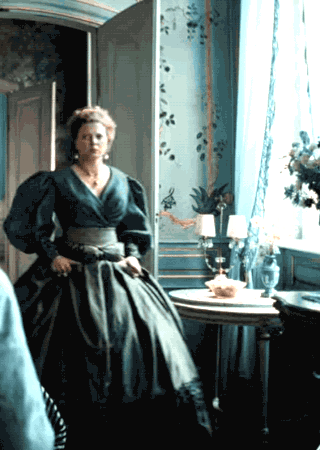
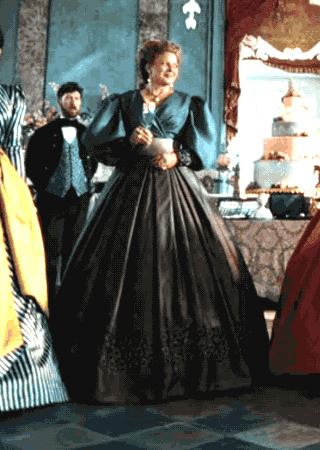
(Almost) Every Costume Per Episode + Duchess Ludovika’s brown skirt and blue blouse in 1x01
#The Empress#TheEmpressEdit#Die Kaiserin#Duchess Ludovika#DieKaiserinEdit#perioddramaedit#weloveperioddrama#period drama#perioddrama#costumeedit#Ludovika in Bavaria#One's Place in the World#costumes#costume edit#costume drama#costume set#costume series#Almost Every Costume Per Episode#historical drama#Awkward-Sultana
26 notes
·
View notes
Photo










Common Royal & Noble Names: Elisabeth / Elizabeth
Elizabeth of Pomerania, Holy Roman Empress
Elisabeth “Isabeau” of Bavaria, The Queen of France
Elizabeth Stuart, The Queen of Bohemia & Electress Palatine
Elisabeth Christine of Brunswick-Wolfenbüttel, Holy Roman Empress
Elisabeth Christine of Brunswick-Wolfenbüttel-Bevern, The Queen in & of Prussia
Elisabeth of Mecklenburg-Schwerin, Princess of Brunswick-Lüneburg aka Grand Duchess Anna Leopoldovna of Russia
Princess Elisabeth Ludovika of Bavaria, The Queen of Prussia
Elisabeth in Bavaria, The Empress of Austria & Apostolic Queen of Hungary
Princess Elisabeth of Wied, The Princess & Queen of Romania
Princess Elisabeth of Hesse & by Rhine, Grand Duchess Elizabeth Feodorovna of Russia
#historyedit#women in history#period drama#perioddramaedit#historic women#Empress Elisabeth of Austria-Hungary#Elisabeth in Bavaria#Princess Elisabeth of Hesse and by Rhine#Princess Elisabeth of Hesse#Grand Duchess Elizabeth Feodorovna of Russia#Princess Elisabeth of Wied#Princess Elisabeth of Romania#Queen Elisabeth of Romania#Princess Elisabeth Ludovika of Bavaria#Queen Elisabeth Ludovika of Prussia#Elisabeth of Mecklenburg-Schwerin#Princess Elisabeth of Brunswick-Lüneburg#Elisabeth Christine of Brunswick-Wolfenbüttel-Bevern#Elisabeth Christine of Brunswick-Wolfenbüttel#queen elisabeth christine of prussia#holy roman empress elisabeth christine#Holy Roman Empress Elizabeth#Elizabeth of Pomerania#Elizabeth Stuart#Queen Elizabeth of Bohemia#Electress Palatine Elizabeth#Elisabeth of Bavaria#queen elisabeth of france#queen isabeau of france#noble names
202 notes
·
View notes
Text
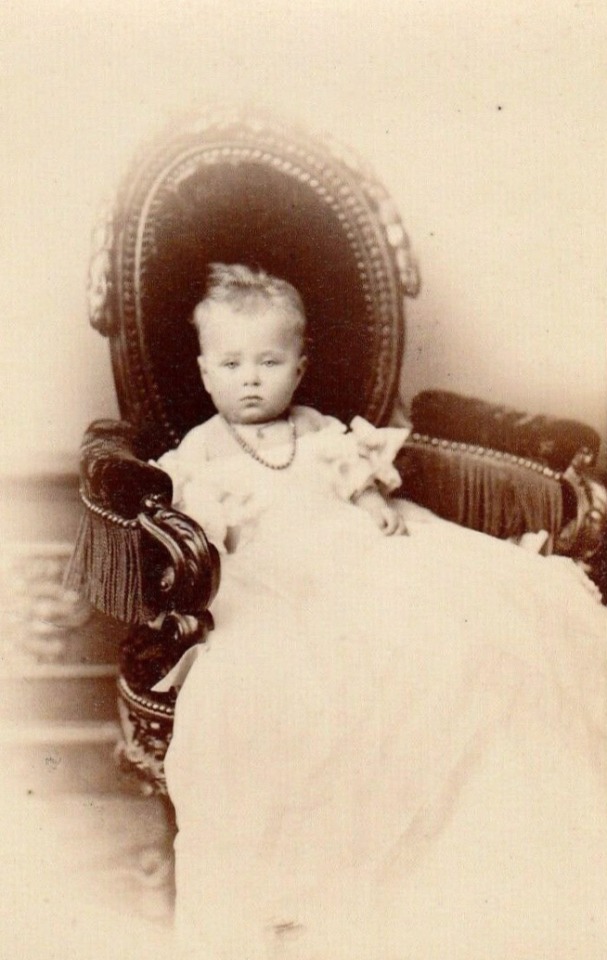
Princess Maria Teresa of Bourbon-Two Sicilies in 1867.
Only daughter of Prince Louis, Count of Trani and Duchess Mathilde Ludovika in Bavaria, sister of Empress Elisabeth of Austria.
#princess maria teresa of bourbon-two sicilies#bourbon-two sicilies#italian royal#italian royalty#1867#1860s
23 notes
·
View notes
Text
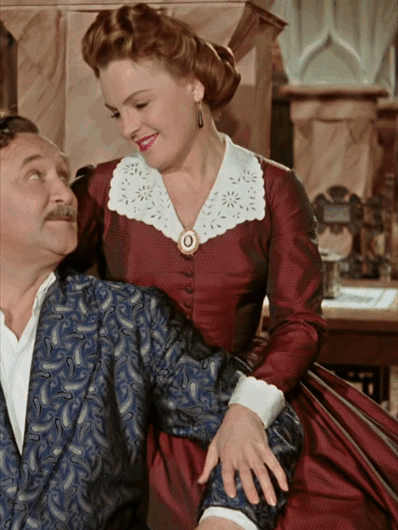

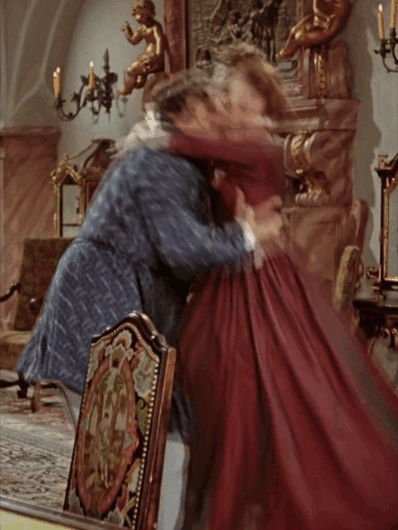

The Sissi Trilogy + Costumes
Ludovika, The Duchess in Bavaria's red & white dress in Sissi - The Young Empress (1956).
// requested by @thatmawe
#Sissi Trilogy#Sissi The Young Empress#Ludovika of Bavaria#Ludovika in Bavaria#costumes#costume drama#costumesource#period drama#perioddramaedit#1800s#19th century#red#white#Possenhofen#Bavaria#Germany#Europe#requests
68 notes
·
View notes